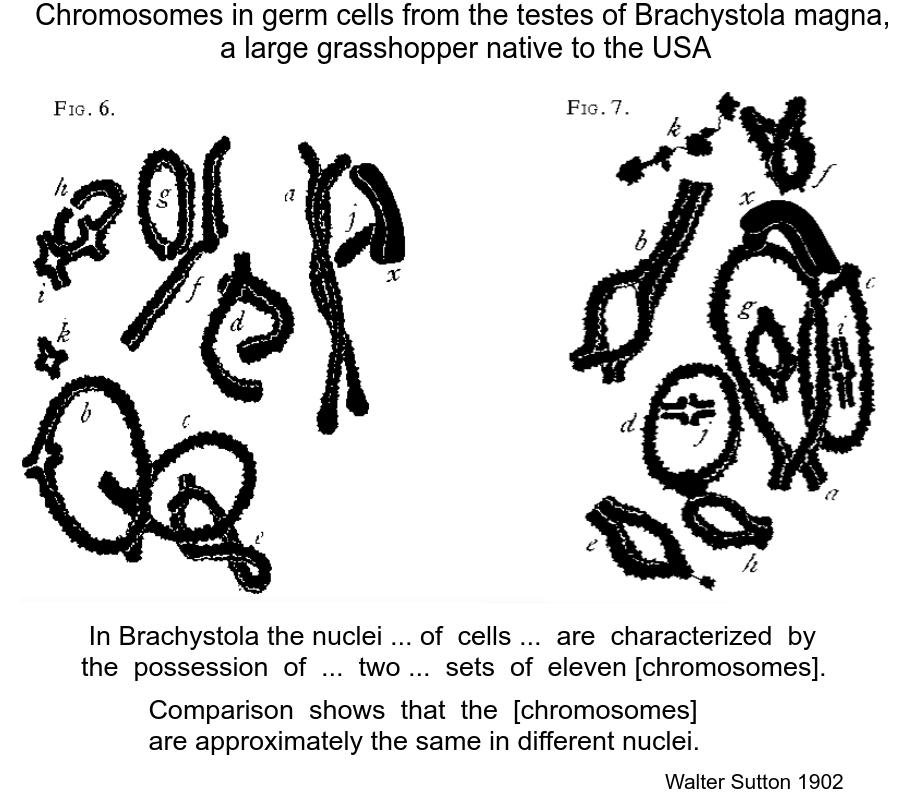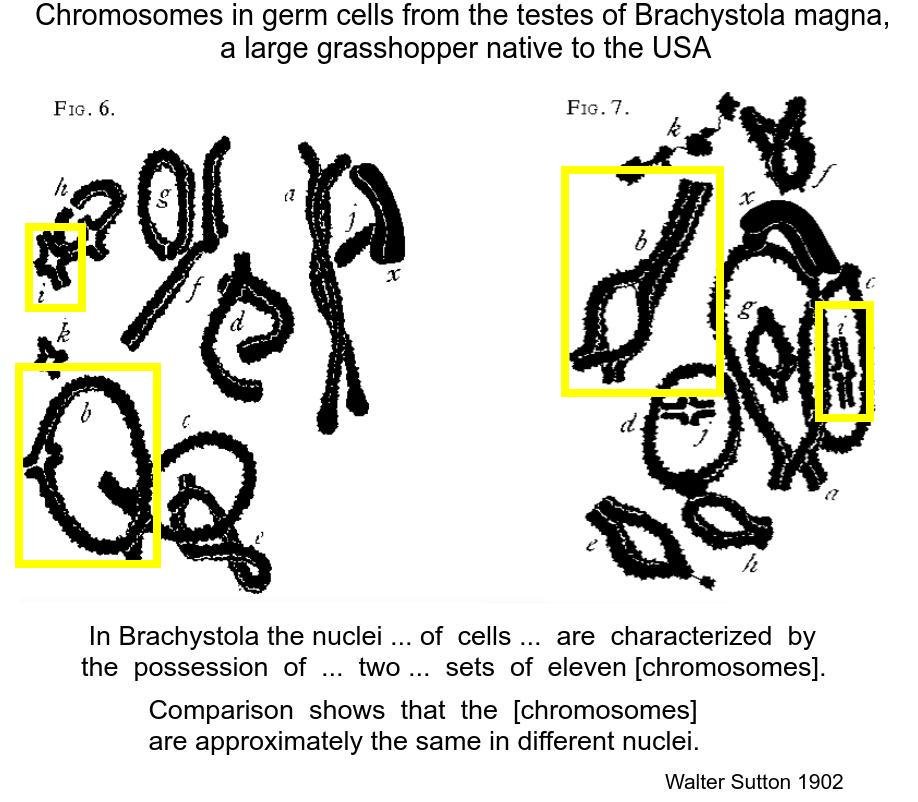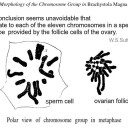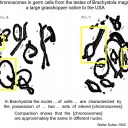Gene Linkage 1
 Discoveries in Biology can be a good source of learning about 'how science works'. This lesson begins with a short introduction to the work of Sutton, Bateson, Sanders and Punnett to set the scene for gene linkage. Students make predictions of Mendelian ratios in genetic crosses, then complete some chi square tests on real data from these groundbreaking experiments from the beginning of the 20th century. Through these experiments the linkage of genes was first observed experimentally. Students make summary notes on the worksheet provided.
Discoveries in Biology can be a good source of learning about 'how science works'. This lesson begins with a short introduction to the work of Sutton, Bateson, Sanders and Punnett to set the scene for gene linkage. Students make predictions of Mendelian ratios in genetic crosses, then complete some chi square tests on real data from these groundbreaking experiments from the beginning of the 20th century. Through these experiments the linkage of genes was first observed experimentally. Students make summary notes on the worksheet provided.
Lesson Description
Guiding Question
In a dihybrid cross, what is the difference between a "Parent phenotype" and a "Recombinant phenotype"?

Which of the offspring are parent phenotypes, and which are recombinant phenotypes?
Activity 1 - Linking Chromosome theory to Mendel's laws of inheritance
The first suggestions that chromosomes were the physical basis of Mendel's laws came from Walter S. Sutton in 1902. He observed the gametes in a species of American grasshopper (Brachystola magna)
Watch this introductory video about the use of fruit flies in Biology reseach.
These slides show drawings of chromosomes make by Walter Sutton on grasshoppers.
Sutton saw evidence that chromosomes separate during meiosis and he identified eleven pairs of chromosomes in sperm cells and follicle cells from the grasshopper ovary. He suggested that the separation of chromosomes in mitosis and their pairing in fertilization could be the mechanism which allowed Mendel's genetic traits to segregate and then recombine.
Read the short notes about Suttons work in this worksheet ![]() Sutton Boveri chromosome theory and answer the questions about the hypothesis that chromosome movements could be the physical basis of Mendelian laws of inheritance.
Sutton Boveri chromosome theory and answer the questions about the hypothesis that chromosome movements could be the physical basis of Mendelian laws of inheritance.
Activity 2: Predicting phenotype ratios and identifying recombinants
The fruit fly Drosophila has been used in many genetic experiments for over 100 years. In the early twentieth century in Columbia university, USA a 'fly lab' was devoted to breeding experiments and the analysis of genetic ratios of offspring. The most interesting were dihybrid crosses which aimed to find evidence to support the Sutton-Boveri Chromosome theory.
Image an dihybrid cross experiment where Drosophila flies with two mutations, ebony body, and vestigial wings were crossed with the wild type flies with brown bodies and straight wings.
Complete the questions on the worksheet ![]() Predicting phenotype ratios below.
Predicting phenotype ratios below.
Activity 3: The discovery of linked genes
Around the same time at Cambridge University in the UK, Bateson, Saunders and Punnett were repeating many of Mendel's experiments using Sweet Peas.
Complete the activities on the worksheet ![]() The discovery of linked genes - Bateson et al 1905 below.
The discovery of linked genes - Bateson et al 1905 below.
Teachers' notes
This activity is designed to help students develop the skill of identifying recombinant phenotypes and also using Punnett squares and a test cross with Drosophila flies.
The guiding question and it's image can be projected at the start of a lesson to stimulate a discussion about the nature of recombinant flies.
Activity 1 looks at observational studies which suggested that the movement of chromosomes in meiosis was the physical basis of Mendel's laws of inheritance.
Sutton's paper on chromosome theory is quite easy to read. It can be found here: http://www.esp.org/foundations/genetics/classical/wss-02.pdf
Activity 2 introduces the idea of predicting ratios using a theory of inheritance and also give students some more opportunity to discuss the role of chromosomes in the formation of recombinant phenotypes.
Activity 3 shows how different research groups can analyse alternative data sets to reach similar conclusions and the worksheet provides an opportunity to use chi squared tests to evaluate whether evidence from genetic experiments actually supports an hypothesis or not. There is an opportunity to predict phenotype ratios and to identify gene linkage when it appears in data from dihybrid genetics experiments. The worksheet tells the story of genetic experiments carried out over seventeen years by Reginald Punnett, the man who gave his name to the Punnett square. He collaborated with a number of researchers, notably Bateson and Saunders but also with Thomas hunt Morgan in the USA. There are points worth making here about International Mindedness and the nature of scientific discovery. Activity Gene Linkage 2 covers the work of Morgan in more detail.
Nature of Science and International mindedness.
An interesting point about Bateson is his support for Saunders at a time when there were few female academics at Cambridge.
Read more about this from the Genetics society here: Podcast transcript - "When Becky met Bateson".
*******
There is a clear explanation linkage notation on this video http://www.youtube.com/watch?v=fUDT2fOSrBI
*******
There are model answers to the old worksheet here: Discovering linkage - Model Answers.

 IB Docs (2) Team
IB Docs (2) Team






